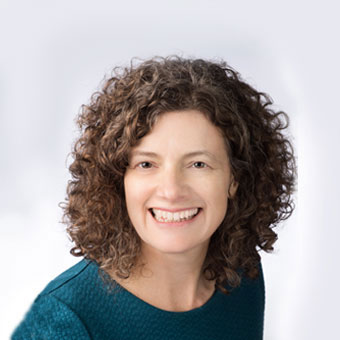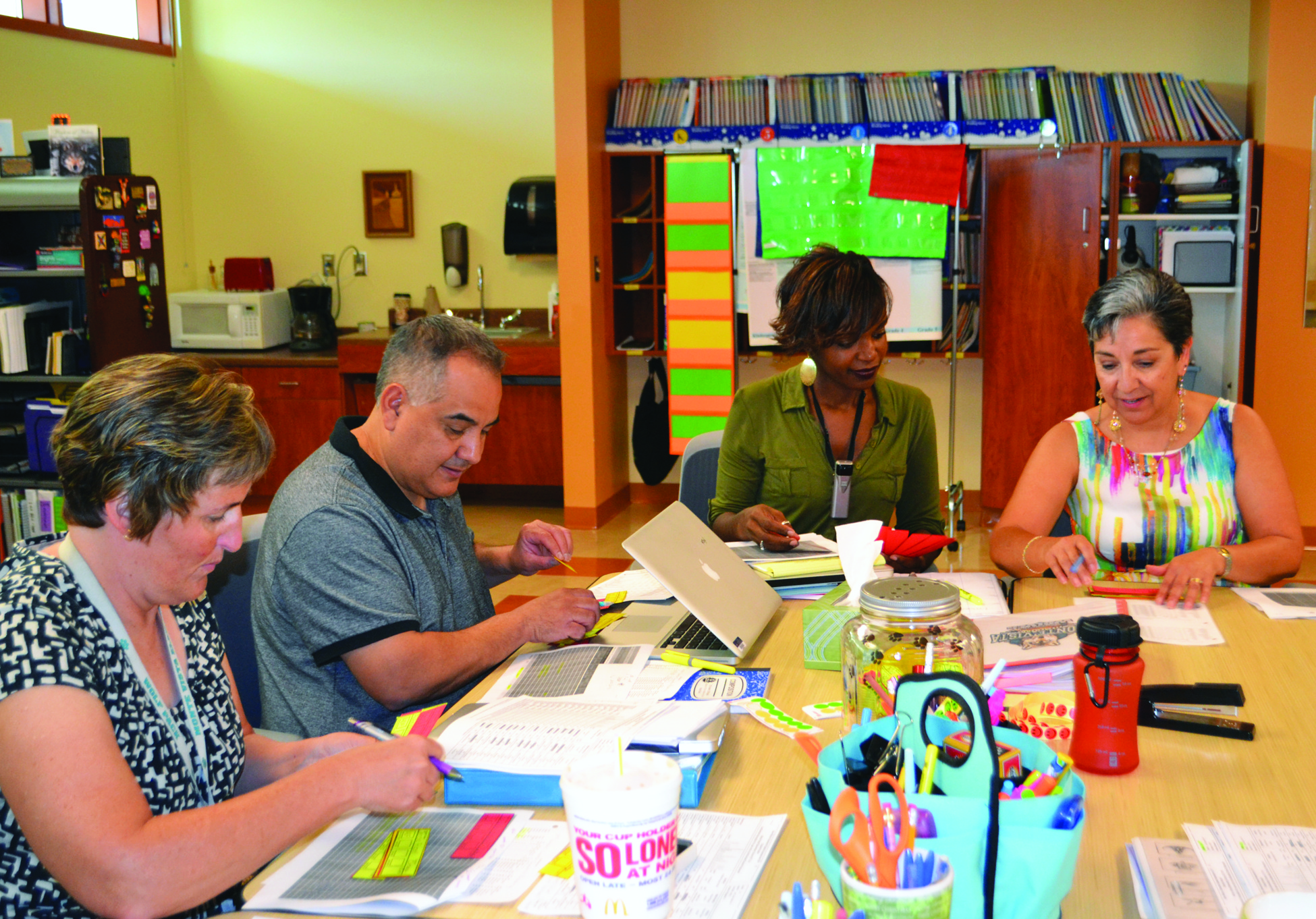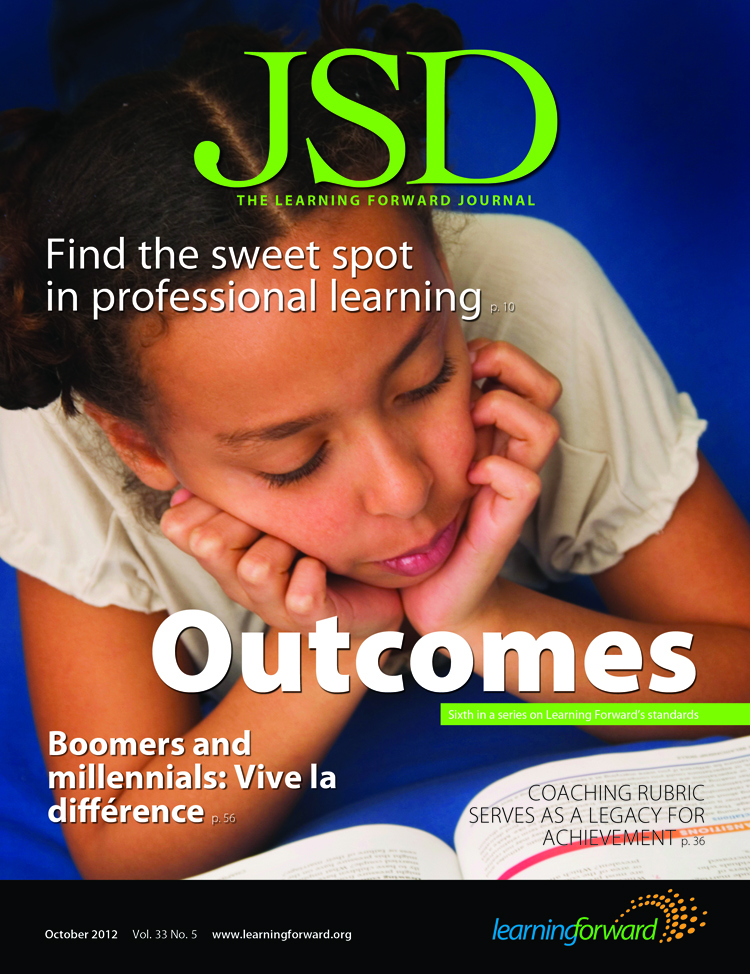
Learning Forward
Learning Forward is the only professional association devoted exclusively to those who work in educator professional development. We help our members plan, implement, and measure high-quality professional learning so they can achieve success with their systems, schools, and students.
All Articles
-
Essentials
What We Think About Schools 2012 PDK/Gallup Poll of the Public’s Attitudes Toward the Public Schools, Phi Delta Kappa International, September 2012 Conducted annually, the PDK/Gallup poll tracks public opinion about the public schools. Among this year’s findings: Closing achievement gaps and improving urban public schools are priorities for most of […] -
What seems obvious now started as a revolutionary concept
There are some concepts in education, both old and new, that on their face sound absurd to the uninitiated. “New math.” What, does 2+2 not equal 4 this year? “Whole language instruction.” Or should we consider using just half of the language? How about adopting an “inquiry approach”? Presumably, the […] -
Lasting Legacy For Achievement
In 2006, the Weld County School District Re-8 in Fort Lupton, Colo., was eager to find a way to increase teacher effectiveness and, as a result, improve student achievement. This small, semirural district about 35 miles northeast of Denver grappled with high teacher turnover (34% in 2005) and low scores […] -
An Outcomes Pioneer
Q&A with Roger Yager Robert Yager’s work with science educators has long emphasized the importance of examining the student outcomes that result from teacher professional learning. In 1999, Learning Forward (then NSDC) highlighted the Iowa Chautauqua Program in What Works in the Middle: Results-Based Staff Development (Killion, 1999) as one of […] -
Creating Synergy
Through learning communities, schools can change to strengthen educator practice and improve student learning outcomes. So can districts. For 20 years, we have helped states, districts, and schools in the United States and Canada implement Whole-Faculty Study Groups, a design for learning communities. During the 2010-11 school year, we reconnected […] -
Partnership Paves The Way To College Success
When high school and college mathematics teachers talk about students’ difficulties in college math courses, the conversation often turns to blame: “It’s your fault kids aren’t coming prepared. You are watering down the curriculum.” “You’re not teaching them the right way.” The conversation rarely turns to ways to improve student […] -
What's Best For Our Students?
Monte Vista Elementary School is one of 24 K-5 elementary schools in Las Cruces Public Schools, an urban district in southern New Mexico. The school’s 450 students reflect the diversity of its Southwestern community: 75% Hispanic, 17% English language learners, and 68% free or reduced lunch, thus qualifying Monte Vista […] -
The Sweet Spot in Professional Learning
Athletes, musicians, investors, and hopeless romantics search for the sweet spot in their equipment, analysis, or hearts. A sweet spot is a place where a combination of factors comes together to produce the best results with greatest efficiency. William Safire, writing in his On Language column in The Times Magazine, […] -
Up Close
Outcomes Standards at a Glance These are excerpts from just a few of the performance and curriculum standards relevant to the Outcomes standard. InTASC Model Core Teaching Standards Outlines common principles and foundations of teaching practice in four general categories. The Learner and Learning 1. Learner development 2. Learning differences 3. […]











